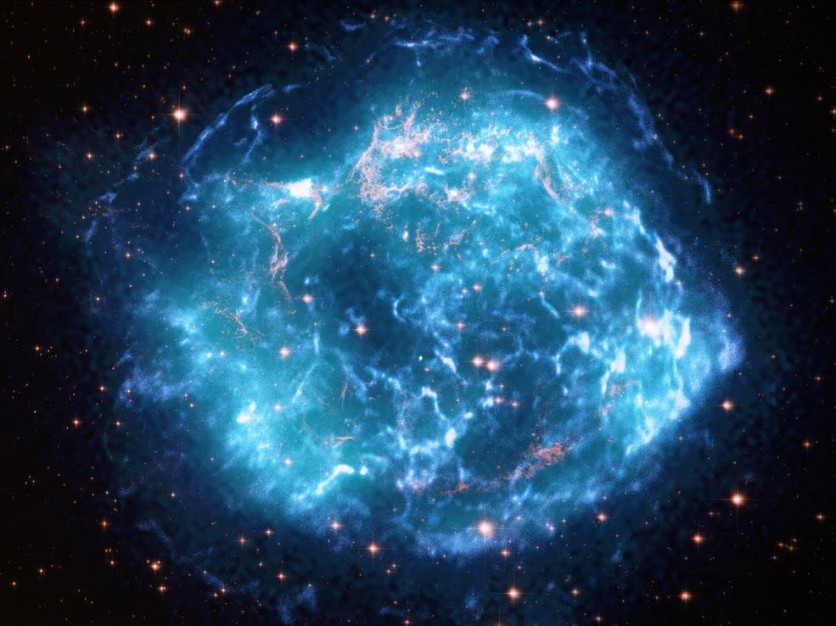Using NASA's Imaging X-ray Polarimetry Explorer, astronomers have detected and mapped polarized X-rays from the remnants of an exploded star for the first time.
The research sheds fresh light on the behavior of early supernova remnants, which accelerate particles close to the speed of light. It is also based on measurements of a young supernova called Cassiopeia A, as per NASA's press release on Wednesday, Oct. 18.

Polarizing X-ray Radiation
IXPE, a satellite developed by NASA and the Italian Space Agency, is the first to study the polarization of X-ray radiation with this level of sensitivity and clarity. The satellite was launched back on December 9, 2021.
Any type of light can be polarized, including radio waves and gamma rays since IXPE's detectors can map the paths of incoming X-ray light, according to NASA.
These distinct track records can be used by scientists to determine the polarization, which describes the X-rays' journey.
After IXPE started gathering data, it made its first observation of Cassiopeia A (abbreviated Cas A). Cas A was chosen in part because of its shock waves, which are some of the fastest in the Milky Way and resemble the sonic boom produced by a jet.
The supernova explosion decimated a large star after it collapsed. The blast's light raced past Earth over three hundred years ago.
Particles swept up by shock waves in Cas A travel at extremely high speeds, but they are prevented from leaving the supernova remnant because magnetic fields imprison them after the shocks.
The magnetic field lines cause the particles to spiral, and the electrons emit a powerful, polarized kind of light known as "synchrotron radiation."
Reverse Engineering a Supernova
NASA said that scientists can "reverse engineer" the extremely small-scale processes occurring inside Cas A by analyzing the polarization of this light; these processes would be difficult or impossible to observe in other ways.
The direction of these magnetic fields is revealed by the angle of polarization. The amount of polarization produced by the chaotic mixture of radiation from locations with various magnetic field directions will be reduced if the magnetic fields near the shock fronts are highly entangled.
On the other hand, data from NASA's Chandra X-ray Observatory suggest that the X-ray synchrotron radiation is primarily produced in thin sections along the shocks, close to the circular outer rim of the remnant, where the magnetic fields were expected to line with the shocks.
Different detector types and levels of angular resolution or sharpness are used by Chandra and IXPE. Chandra was launched in 1999, and Cas A was featured in its first science image.
NASA noted that the Cas A IXPE discovery has piqued interest in continuing the ongoing observations of supernova remnants, as each newly discovered object could uncover more mysteries of the universe.
Related Article : NASA's Hubble Space Telescope Captures a Strange Astronomical Explosion Surrounding a Young Star
This article is owned by Tech Times
Written by Joaquin Victor Tacla
ⓒ 2026 TECHTIMES.com All rights reserved. Do not reproduce without permission.




